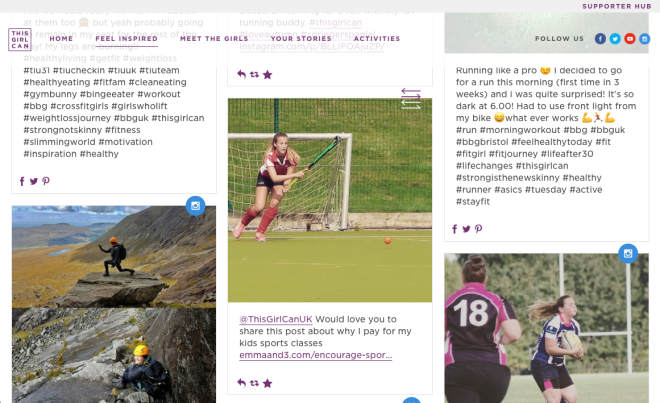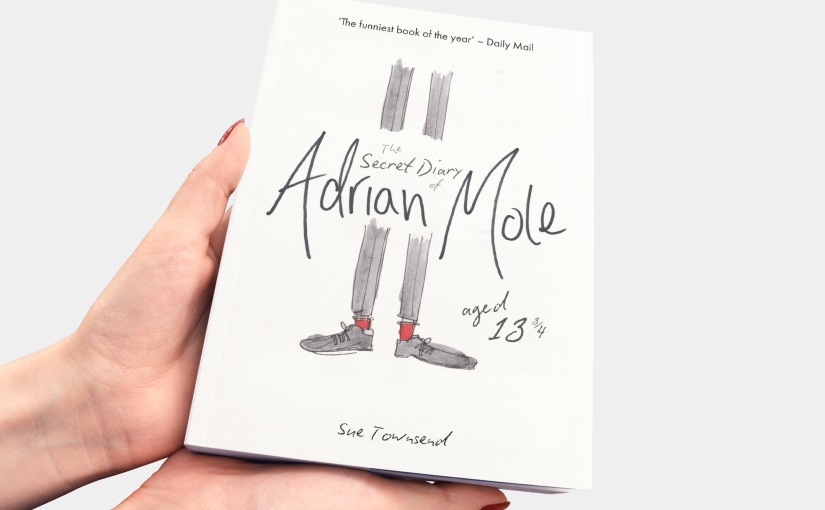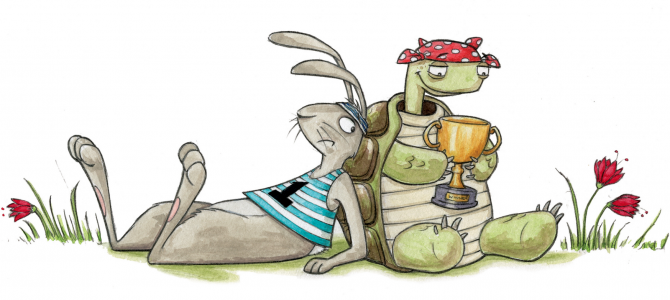I have designed a formal creative brief for the final major project. It has really helped me to focus my ideas, understand my target audience and figure out a solid direction for my development. I can use this to continually keep on track, and refer to at each stage of the project to ensure I answer the brief’s aims.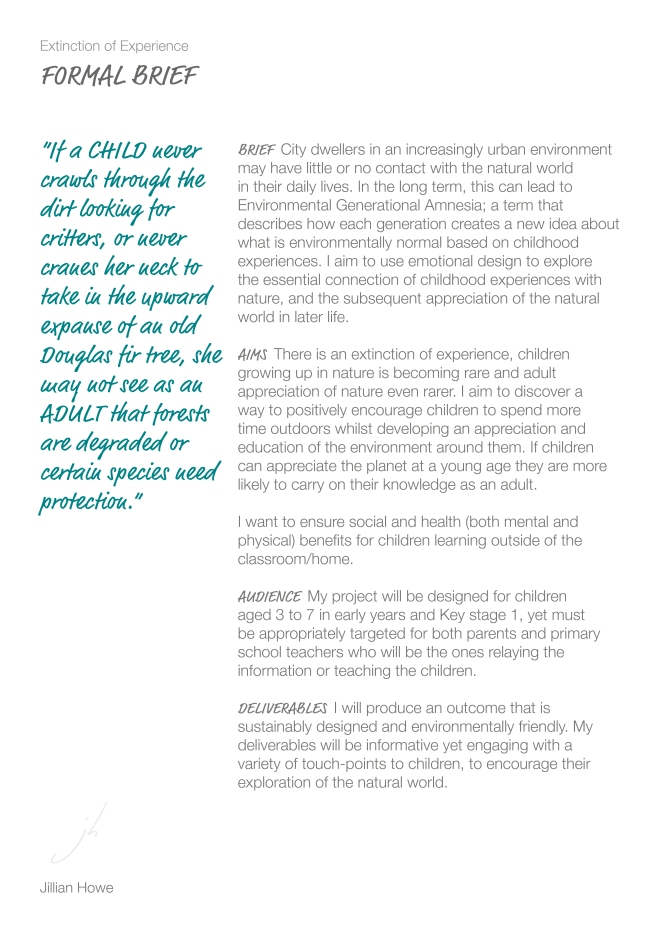
Category: Subject
Final Major Project
Where do I start? The last three years have quickly dwindled down to the final major project. Am I ready for life after uni.. definitely not, but I’m trying not think that far ahead just yet!
This final project is based on an interest we feel we want to pursue. As a child I was always (and still am) incredibly passionate about the natural world. I grew up on a farm in the middle of nowhere in North Wales; I had the best childhood I could possibly imagine. I would spend all of my time out in the wild, exploring, seeking adventures and just playing in the open air. It saddens me to see that this no longer seems to be the case; our generation was probably one of the last to be unaffected my modern lifestyles, I talk to friends about what they used to do as kids and I can’t help but feel they missed out on the fun experiences of the great outdoors and don’t want this to happen to future generations.
With my Mum as an early years school teacher, I also grew up learning everything there is to know about the education system, what really engages with children and what they hate. For this project, the combination of the two is what I aim to produce, an outcome that engages children back with the natural world around them.
Research
Foundation Phase
The Foundation Phase is a developmental curriculum for 3 to 7-year-olds in Wales. It encourages children to be creative, imaginative and to have fun and makes learning more enjoyable and more effective.
Children will be given more opportunities to explore the world around them and understand how things work by taking part in practical activities that are relevant to their developmental stage. They are challenged with open-ended questions and given opportunities to explore and share their ideas for solving problems.
The Foundation Phase is based on the principle that early years’ provision should offer a sound foundation for future learning through a developmentally appropriate curriculum. It brings more consistency and continuity to children’s education at such an all-important period in their development.
The Foundation Phase places great emphasis on children learning by doing. Young children will be given more opportunities to gain first hand experiences through play and active involvement rather than by completing exercises in books. They will be given time to develop their speaking and listening skills and to become confident in their reading and writing abilities.
The curriculum will focus on experiential learning, active involvement and developing each child’s:
- Skills and understanding.
- Personal, social, emotional, physical and intellectual well being so as to develop the whole child.
- Positive attitudes to learning so that they enjoy it and want to continue.
- Self-esteem and self-confidence to experiment, investigate, learn new things and form new relationships.
- Creative, expressive and observational skills to encourage their development as individuals with different ways of responding to experiences.
- Activities in the outdoors where they have first-hand experience of solving real-life problems and learn about conservation and sustainability.
This framework sets out the curriculum and outcomes under seven Areas of Learning. For each Area of Learning, the educational programme sets out what children should be taught and the outcomes set out expected standards of children’s performance.
In recent years there has been a cultural shift in our society that has reduced the access and use of outdoors for many young children. Contributory factors include increased fear amongst adults in relation to children’s safety and technological advances leading to an overwhelming prominence of more sedentary indoor activities, such as television, video and computer games.
Here are some powerful arguments for taking every opportunity to take young children beyond their immediate indoor environment:-
- Learning outside the classroom supports the development of healthy and active lifestyles by offering children opportunities for physical activity, freedom and movement, and promoting a sense of well-being.
- Learning outside the classroom gives children contact with the natural world and offers them experiences that are unique to outdoors, such as direct contact with the weather and the seasons.
- Playing and learning outside also helps children to understand and respect nature, the environment and the interdependence of humans, animals, plants, and lifecycles.
- Outdoor play also supports children’s problem-solving skills and nurtures their creativity, as well as providing rich opportunities for their developing imagination, inventiveness and resourcefulness.
- Children need an outdoor environment that can provide them with space, both upwards and outwards, and places to explore, experiment, discover, be active and healthy, and to develop their physical capabilities.
- The outdoor environment offers space and therefore is particularly important to those children who learn best through active movement. Very young children learn predominately through their sensory and physical experiences which supports brain development and the creation of neural networks.
- For many children, playing outdoors at their early years setting may be the only opportunity they have to play safely and freely while they learn to assess risk and develop the skills to manage new situations.
Benefits for Early Years of Learning Outside the Classroom
- Learning that flows seamlessly between indoors and outdoors makes the most efficient use of resources and builds on interests and enthusiasms.
- Anyone who takes children outside regularly sees the enjoyment, and sense of wonder and excitement that is generated when children actively engage with their environment.
Ted Talks
I watched hours worth of TED talks, and came across some of the most wonderful and powerful messages. Emma Marris: ‘Nature is everywhere – we just need to learn to see it’ says:
The Nature Conservancy did a survey of young people, and they asked them, how often do you spend time outdoors? And only two out of five spent time outdoors at least once a week. The other three out of five were just staying inside. And when they asked them why, what are the barriers to going outside, the response of 61 percent was, “There are no natural areas near my home.”
And this is crazy. This is just patently false. I mean, 71 percent of people in the US live within a 10-minute walk of a city park. And I’m sure the figures are similar in other countries. And that doesn’t even count your back garden, the urban creek, the empty lot. Everybody lives near nature. Every kid lives near nature. We’ve just somehow forgotten how to see it. We’ve spent too much time watching David Attenborough documentaries where the nature is really sexy.. and we’ve forgotten how to see the nature that is literally right outside our door, the nature of the street tree.
In order not to steal it from our children, we have to do two things. First, we cannot define nature as that which is untouched. This never made any sense anyway. Nature has not been untouched for thousands of years. And it excludes most of the nature that most people can visit and have a relationship with, including only nature that children cannot touch. Which brings me to the second thing that we have to do, which is that we have to let children touch nature, because that which is untouched is unloved.
We face some pretty grim environmental challenges on this planet. Climate change is among them. There’s others too: habitat loss is my favorite thing to freak out about in the middle of the night. But in order to solve them, we need people — smart, dedicated people — who care about nature. And the only way we’re going to raise up a generation of people who care about nature is by letting them touch nature.
I have a Fort Theory of Ecology, Fort Theory of Conservation. Every ecologist I know, every conservation biologist I know, every conservation professional I know, built forts when they were kids. If we have a generation that doesn’t know how to build a fort, we’ll have a generation that doesn’t know how to care about nature.
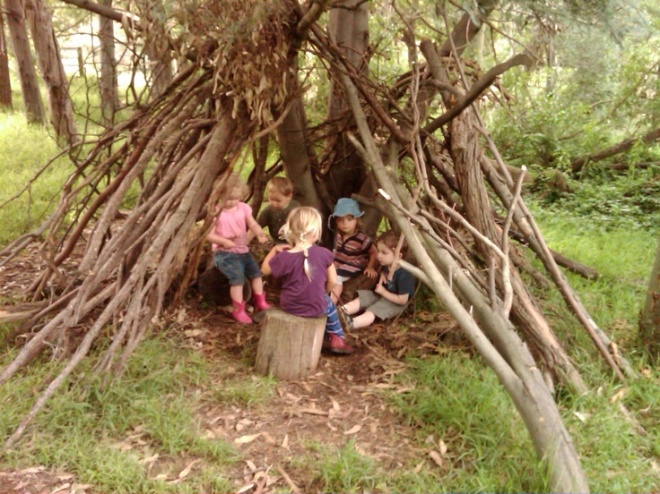
Ron Finley: A guerilla gardener in South Central LA
See, I’m an artist. Gardening is my graffiti. I grow my art. Just like a graffiti artist, where they beautify walls, me, I beautify lawns, parkways. I use the garden, the soil, like it’s a piece of cloth, and the plants and the trees, that’s my embellishment for that cloth. You’d be surprised what the soil could do if you let it be your canvas. You just couldn’t imagine how amazing a sunflower is and how it affects people.
So what happened? I have witnessed my garden become a tool for the education, a tool for the transformation of my neighborhood. To change the community, you have to change the composition of the soil. We are the soil. You’d be surprised how kids are affected by this. Gardening is the most therapeutic and defiant act you can do, especially in the inner city. Plus you get strawberries.
Extinction of Experience
The lepidopterist Robert Pyle first introduced the term “extinction of experience” in 1975, writing:
“As cities and metastasizing suburbs forsake their natural diversity, and their citizens grow more removed from personal contact with nature, awareness and appreciation retreat. This breeds apathy toward environmental concerns and, inevitably, further degradation of the common habitat….So it goes, on and on, the extinction of experience sucking the life from the land, the intimacy from our connections… people who don’t know don’t care. What is the extinction of the condor to a child who has never known a wren?”
“If only they understood, they would come to care.”
This study addressed concerns about “extinction of nature experience” and implications for the role of landscape management through examining predictors of the type and frequency of adult visits to natural areas. This study involved 4639 adult participants in France.
Findings indicated that forest areas were the most cited natural places visited as adults, with parks the second most cited area. Greater childhood exposure to nature predicted higher adult frequency of visits to nature as well as visits to forests rather than more urban nature areas such as parks. Therefore, childhood nature experience appears critical for adult nature engagement, but also informs the type of nature exposure those adults seek. People who felt more connected to nature scored lower on place specificity, indicating that they were less likely to specify particular places they were attached to and more likely to feel connected to nature independent of interaction with a specific locale.
Overall, the results indicated that the frequency of visits to natural places as adults was strongly related to connectedness with nature and childhood experiences of nature. These results support community efforts designed to increase children’s interactions with nature.
The loss of interaction with nature not only diminishes a wide range of benefits relating to health and well-being, but also discourages positive emotions, attitudes, and behavior with regard to the environment, implying a cycle of disaffection toward nature. Such serious implications highlight the importance of reconnecting people with nature, as well as focusing research and public policy on addressing and improving awareness of the extinction of experience.
Child to Adult
There has also been a fair amount of research into what kinds of experiences turn children into adult conservationists. This research depends on self reporting studies, i.e., adult conservationists reflecting on what circumstances fostered their environmental values. After reviewing many of these studies, researcher Louise Chawla summarized them, in order of greatest influence:
1. The experience of natural areas as a child – e.g., frequent and free play in a “wild” place, be it the back forty of the family farm, the pond down the block or the vacant lot next door
2. The influence of one or more mentors (usually family members) who shared their own love of nature and guided children into similar pursuits
3. Involvement with outdoor or conservation organizations, such as scouting
4. Negative environmental experiences – e.g., seeing their cherished woods turned into condos
Structured educational programs exert less influence than the high emphasis that we typically give them. Informal, unstructured, frequent and affective childhood nature experiences are what most influence the development of adult conservation values. Remember tree climbing, bug collecting and daily tromps through the woods? That’s it; there’s no big mystery. So the true paradigm seems to be almost the opposite of what we’ve been practicing. It should be, “If only they cared, they would come to understand.” First we fall in love with nature, then we are motivated to learn more about it – including what we have to do to protect it.
The process of falling in love with nature used to be a virtually automatic part of childhood, but this is no longer so. The whole nature of childhood has changed.
Studies have provided evidence showing a positive relationship between levels of exposure to nature and those of physical health and psychological wellbeing and social cohesion. Whilst the majority of such analyses have examined short-term health benefits, recent studies have documented long-lasting influences, such as on diabetes, circulatory and heart disease and longevity. Additionally, it has long been held that regular contact with nature is vital for children’s social, emotional, cognitive, and motor development.
Childhood experiences with nature strongly influence adult connectedness to nature.
Adrian Mole
Here I am, super happy that this is the children’s book cover this year. I always wanted to produce one of the children’s covers as I felt I could generally be alot more fun and illustrative with any outcome I produced without it being ridiculed for being too cartoony for adults! The idea that I went with stands with the red socks protest. I loved the idea that in a world where Adrian feels misunderstood and ‘grey’ that a splash of red could cause such a stir.
As a Harry Potter fan I kept writing 9 3/4 so it’s lucky I spotted that before I wrote it wrong on the cover! As you can see the amount of times I tried to write Adrian Mole perfectly..
I wanted his legs to look long and gangly, almost Quentin Blake inspired. He’s in his school uniform yet if it weren’t for the upturned short trousers he may be ‘mistaken’ for a 9-5 worker, he describes himself as a misunderstood intellectual in the blurb.
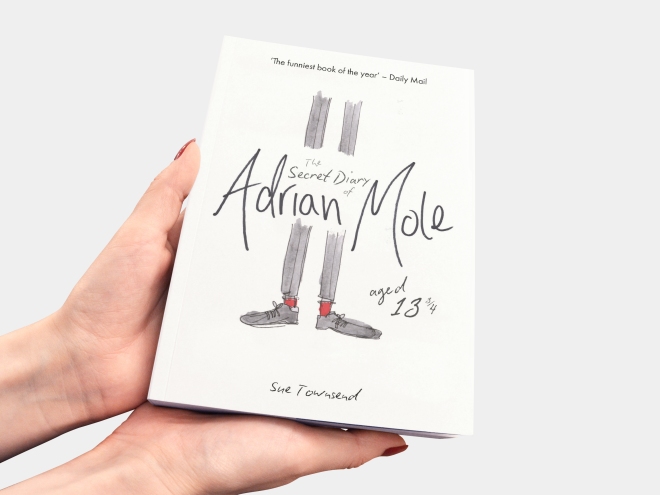
Protected: Oops I’ve done it again
Protected: Concept Development
Protected: Everyday Ballet
Protected: Concepts
Protected: Audience Research
Protected: Competition Time
Healthy Progress!
This year I am really beginning to understand the key importance of real in depth research. By no means have I previously glossed over this step before.. but I am finding that with this new Healthy University project we are all a little worse for wear as to which direction we are actually headed in.
A lot of the time we all complain that we spend far too long not getting down to action straight away, but I feel like after my tutorial with Matt today, everything is seeming so much clearer and my team have realised that all our queries and uncertainty have actually been useful. It has allowed us to grasp a real understanding of our audience and exactly what it is that we need to specifically pinpoint with our research.
What we’ve discovered so far…
Target audience: As students of Cardiff school of art and design, we have decided to focus specifically on our peers around us. Not only do we have a good understanding of the university environment around us, but to simply look at Cardiff met as a whole audience is will not create a feasible solution. When we think about the multitude of people at our university, its clear to see that people have different ways of thinking. An art creative is going to have a completely different mindset to somebody who say, studies health sciences, and the way we approach each audience will need to cater to their individual personalities.
What is health: Health and wellbeing is such a vast idea. There’s good health, bad health, physical and mental health. At first mention, the initial consensus is that health is all about exercise, but it is so much more than that. Health is about how good you feel in and about yourself and it’s about what is healthy to you. As a team we have decided that for this topic we would like to focus on the term of ‘mental wellbeing’ with the idea that motivation and positivity will have the ability to change the way an individual thinks, providing them with a better lifestyle.
Making a change: What we have concluded is that unless there’s something in it for them, uni students are incredibly set in their own ways and procrastination is the heart and soul of university living. Thinking in ways to reward people is quite difficult, how can we engage with students without recording a diary everything they eat, do and think? Looking at some campaigns including ‘this girl can’ have solidified an achievement system of positive peer pressure. If an individual feels that they are not alone, they are more likely to feel motivated by others and encourage themselves not to give up by sharing their progress and achievements.

